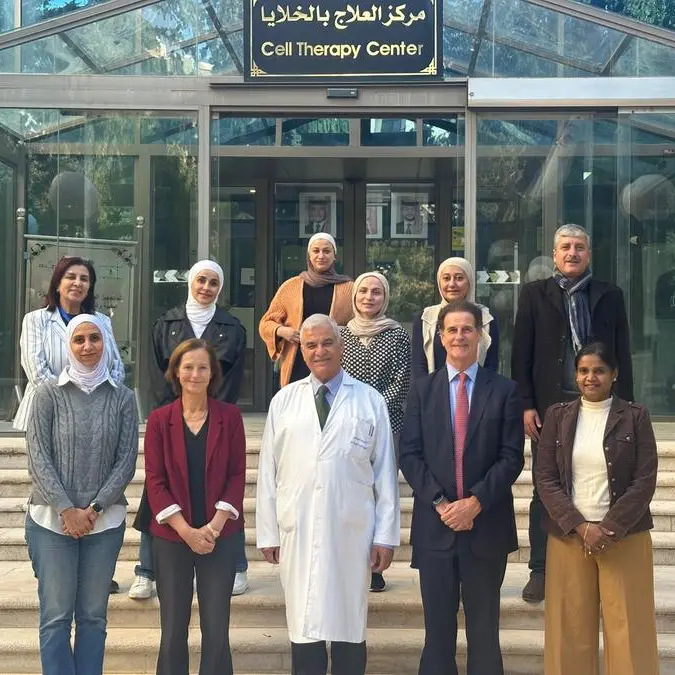Abu Dhabi, UAE: To create improved systems for traffic modeling and management, a team of researchers, including NYUAD Research Scientist Daniel Bramich and NYUAD Professor of Civil and Urban Engineering and Director of the CITIES Research Center, Monica Menendez, have published a review of previously proposed traffic models using a global data set to compare their accuracy. This study is the first to complete a fully comprehensive review and comparison of the numerous fundamental traffic models that have been developed over the past 85 years.
In the paper titled “Fitting Empirical Fundamental Diagrams of Road Traffic: A Comprehensive Review and Comparison of Models Using an Extensive Data Set” published in the journal IEEE Transactions on Intelligent Transportation Systems, the researchers present the process of reviewing 50 models for the flow of traffic, using traffic data (traffic flow, density, and speed) that included 2.3 billion vehicle observations from 25 cities worldwide.
The researchers found that a model with minimal assumptions outperformed the other traffic flow models, regardless of variables such as the road type and the level of congestion. The winning model is non-parametric, meaning that its number of free parameters can vary as necessary, but without overfitting the data. This represents a departure from traditional parametric models (with fixed numbers of parameters) and opens the door to new approaches to understanding the data with the ultimate goal of improving traffic management and relieving congestion.
With unprecedented access to a large and well-controlled sample of traffic data from cities around the world, the review presented avoids the shortcomings of previous reviews which did not have access to a data set of this scale and did not take all of the top models for traffic flow into account. Specifically, the amount of data this study had access to is approximately 100-1000 times larger than any of the data sets from previous studies, and the number of models studied is approximately ten times larger than previous studies.
“We hope that our review will become the ‘one-stop shop’ for researchers who seek to understand the development of present-day traffic models,” said Bramich and Menendez. “We believe this will serve as an important resource for traffic engineers as they design traffic infrastructure, including traffic light timing and speed limits, for cities around the world.”
© Press Release 2022
Disclaimer: The contents of this press release was provided from an external third party provider. This website is not responsible for, and does not control, such external content. This content is provided on an “as is” and “as available” basis and has not been edited in any way. Neither this website nor our affiliates guarantee the accuracy of or endorse the views or opinions expressed in this press release.
The press release is provided for informational purposes only. The content does not provide tax, legal or investment advice or opinion regarding the suitability, value or profitability of any particular security, portfolio or investment strategy. Neither this website nor our affiliates shall be liable for any errors or inaccuracies in the content, or for any actions taken by you in reliance thereon. You expressly agree that your use of the information within this article is at your sole risk.
To the fullest extent permitted by applicable law, this website, its parent company, its subsidiaries, its affiliates and the respective shareholders, directors, officers, employees, agents, advertisers, content providers and licensors will not be liable (jointly or severally) to you for any direct, indirect, consequential, special, incidental, punitive or exemplary damages, including without limitation, lost profits, lost savings and lost revenues, whether in negligence, tort, contract or any other theory of liability, even if the parties have been advised of the possibility or could have foreseen any such damages.



















